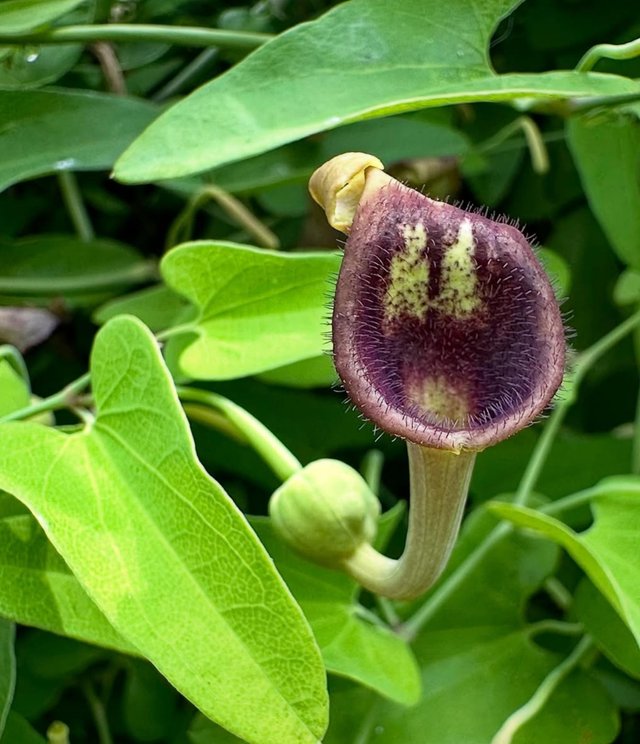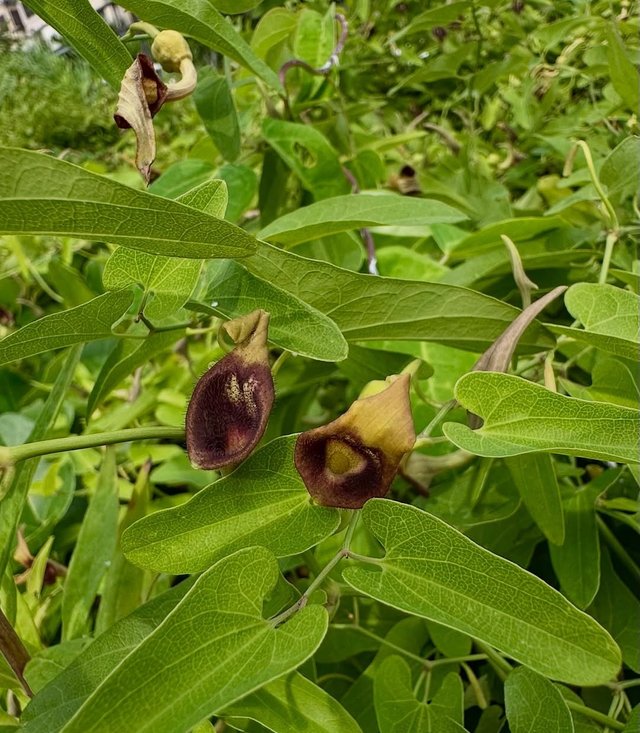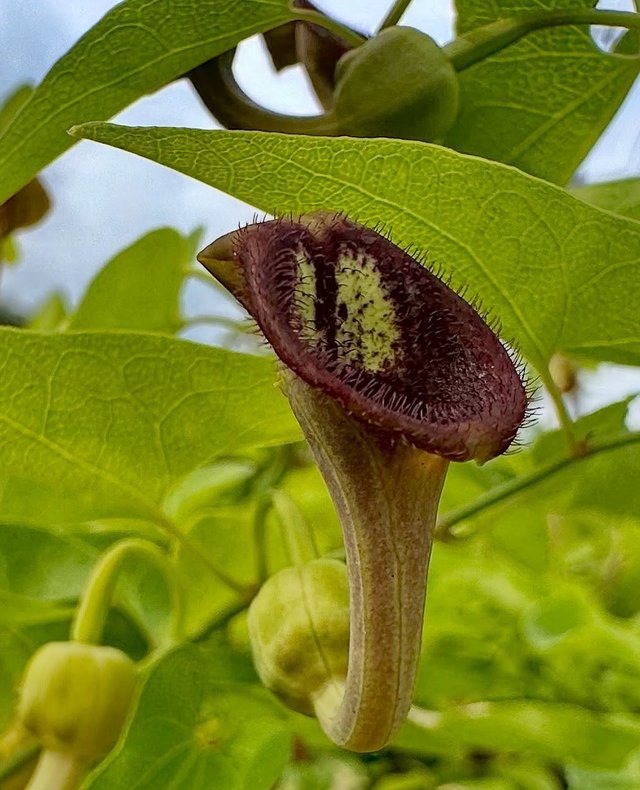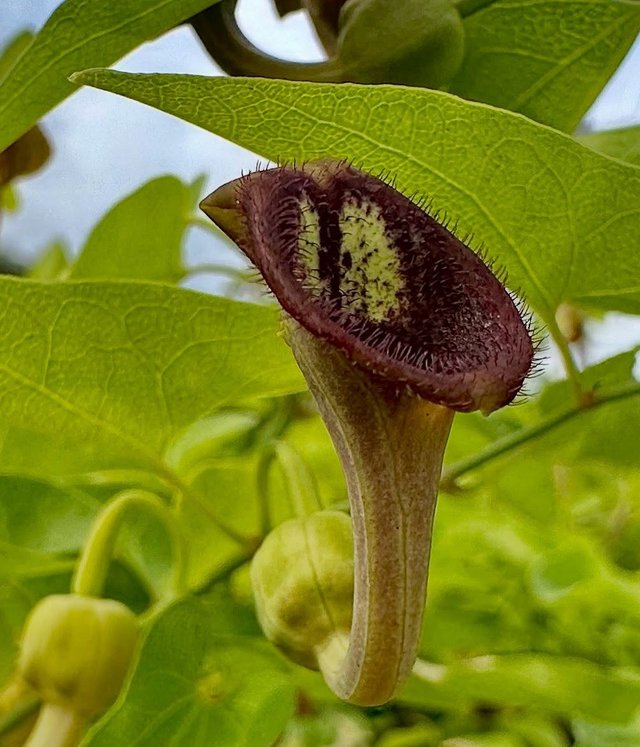Aristolochia Sempervirens So Beautiful
Aristolochia sempervirens: A Fascinating Evergreen Climber of the Mediterranean
Aristolochia sempervirens, commonly known as the evergreen birthwort, is a perennial climbing plant that belongs to the Aristolochiaceae family. This intriguing species is native to the Mediterranean region, particularly found in countries like Greece, Turkey, and parts of the Middle East and North Africa. Its name "sempervirens" is derived from Latin, meaning "always green," referring to its evergreen foliage that remains vibrant throughout the year in warm climates. With its unique flower structure, hardy nature, and ecological significance, Aristolochia sempervirens has earned attention both from botanists and horticultural enthusiasts.
Botanical Description
Aristolochia sempervirens is a woody vine that can reach lengths of up to 6 meters (about 20 feet), often scrambling over rocks, shrubs, and small trees. Its evergreen leaves are leathery, heart-shaped to ovate, and dark green with a glossy surface. The leaves are arranged alternately along the stem, and their dense cover adds to the plant’s ornamental appeal.
However, what makes this species truly remarkable is its bizarre and beautiful flowers. Blooming from spring through early summer, the flowers are tubular, curved, and often likened to a pipe—hence the common name “Dutchman's pipe,” which is applied to many Aristolochia species. The flowers of A. sempervirens are usually yellowish or greenish with purple or brownish markings, emitting a faint but often unpleasant odor that plays a critical role in pollination.
Pollination and Ecological Role
Like many Aristolochia species, A. sempervirens employs a highly specialized mechanism for pollination. Its unique flower structure serves as a trap for small flies and gnats. Attracted by scent and color, insects enter the flower tube but are temporarily trapped by inward-pointing hairs. During their time inside, the insects come into contact with pollen. Once the flower matures, the hairs wilt, releasing the insect, now carrying pollen to another flower.
This deceptive but effective strategy is an example of “sapromyophily” — pollination by flies that are typically attracted to decaying organic material. This evolutionary adaptation enables the plant to maintain a reliable pollination method in habitats where typical pollinators like bees and butterflies might be scarce.
In the wild, Aristolochia sempervirens also serves as a host plant for the caterpillars of certain butterflies, notably the Zerynthia species, such as the Southern Festoon, which lay their eggs on the leaves. The larvae feed on the toxic foliage, gaining protection from predators through the ingestion of aristolochic acids, which are compounds toxic to most animals.
Thanks For Reading
Device Information
| Device | cannon eos 700D |
|---|---|
| Lens | 55-250 zoom leans |
| Location | Bangladesh |




